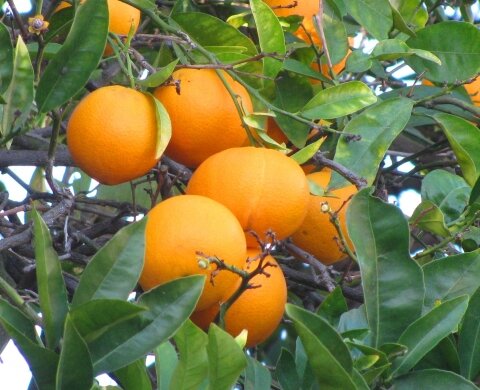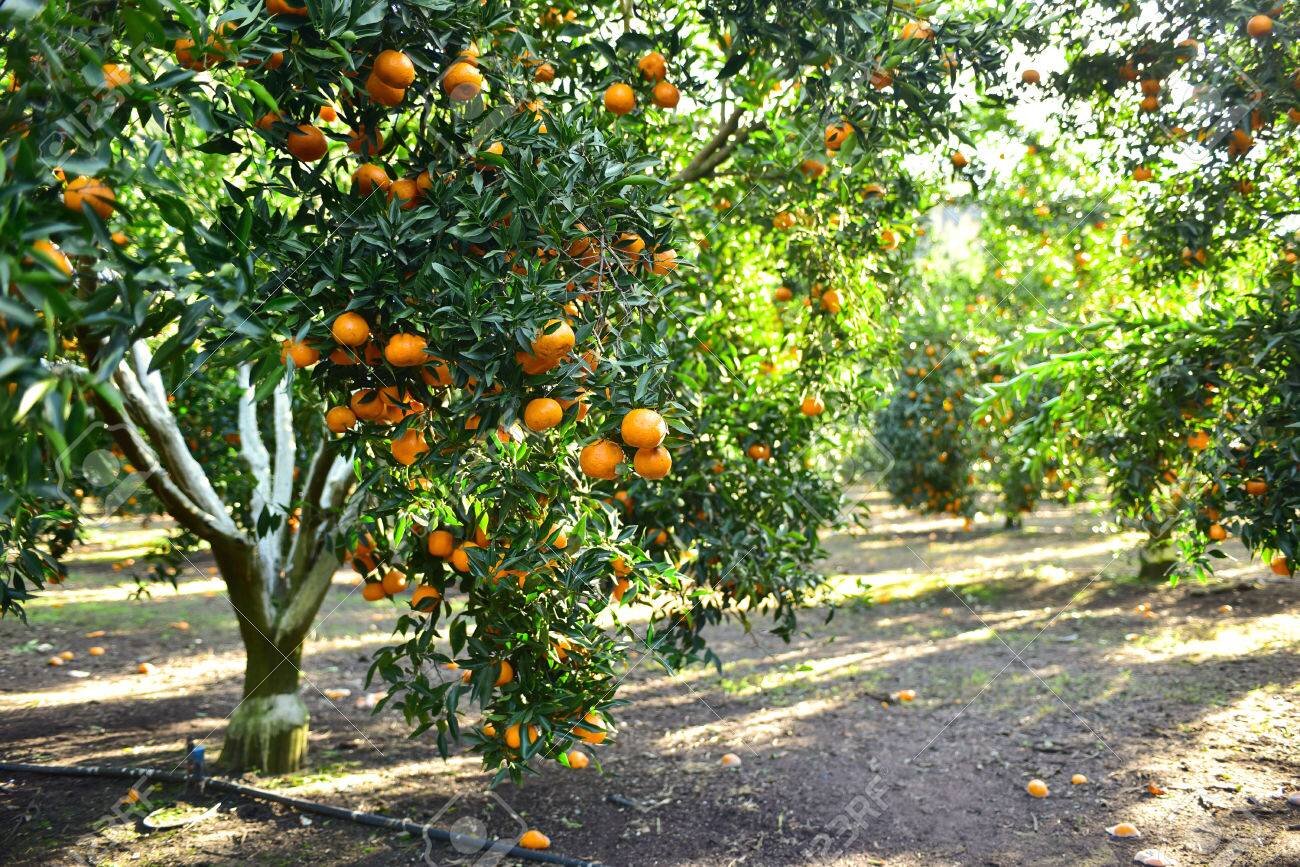Citrus x sinensis, Sweet Orange
/The fruiting bodies of the Citrus x sinensis tree. Modified berries.
Citrus x sinensis, also known as Sweet Orange, Citrus, sinensis, Valencia Orange, apfelsine, naranja, and Navel Orange. The Sweet Orange tree is a member of the Rutaceae family, also known as the rue or citrus family most often because the citrus genus hold the highest economic value of the Rutaceae family which hosts a number of trees and shrubs including oranges, lemons, limes and grapefruits. Citrus x sinensis is a beautiful fruiting tree with white five petal flowers, as well as oranges, vibrant modified berry, flesh divided into carpals with round shaped fruit with orange pulp.
(Plants For A Future) Regularly harvested for their flavor and minor medicinal purposes. In addition to the fruit, the blossoms, wood, and even leaves are used for a variety of uses. The stunning white flowers from the sweet orange tree, the state flower of Florida, is extraordinarily fragrant, filling a large area with its sweet scent when in bloom.
The flowers and leaves are often used in arrangements and the flowers themselves are very regularly used in wedding bouquets as well as making perfumes. The glossy medium sized ovate leaves of this tree are often boiled for tea which has a citrusy, orange-like flavor. Perennial in duration with an expected origin in Asia in the southern China and Vietnam regens. An evergreen tree with height of up to twenty-nine to thirty feet and width of twenty to thirty feet. (Araújo, 2003)
Beautiful example of a tall and wide Sweet orange tree in fruit.
Branches low enough to reach some of its fruit or flowers from the ground makes the Citrus x sinensis popular with people that enjoy hand picking fruit. Grows in a wide range of soils, has a beautiful aesthetic and people love the idea of picking their own fruit and in this case even leaves and flowers. (Araújo, 2003) Could be used as a centerpiece to a corner garden, shading low light plants. Great potential in use in front of businesses and homes to create a wonderful aesthetic that would draw lots of interest and attention and could even become a talking point to those who experience it. People often go out of their way to see blooming or fruiting orange trees, making it a great addition to a place of business or home. In addition, this tree could be planted in allees, along walking trails in public areas, drawing lots of public attention during annual events or family events held at tourist or themed locations.
Araújo, E. F. de et al. 2003. What is Citrus? Taxonomic implications from a study of cp-DNA evolution in tribe Citreae (Rutaceae subfamily Aurantioideae). Organisms Diversity Evol. 3:55–62. (Araújo, 2003)
“Citrus Sinensis - (L.)Osbeck.” Citrus Sinensis Sweet Orange PFAF Plant Database, pfaf.org/User/Plant.aspx?LatinName=Citrus+sinensis. (Plants For A Future)





